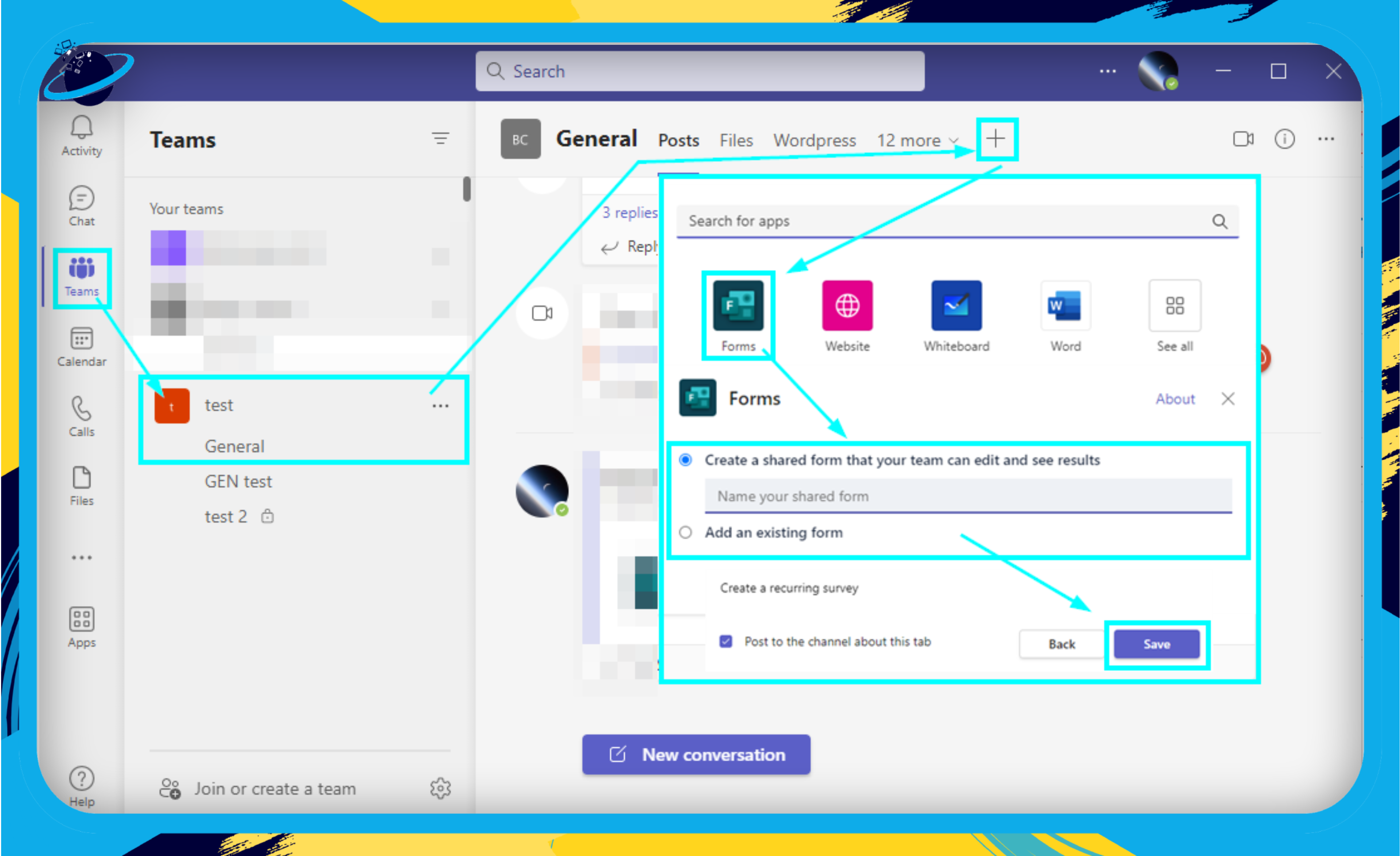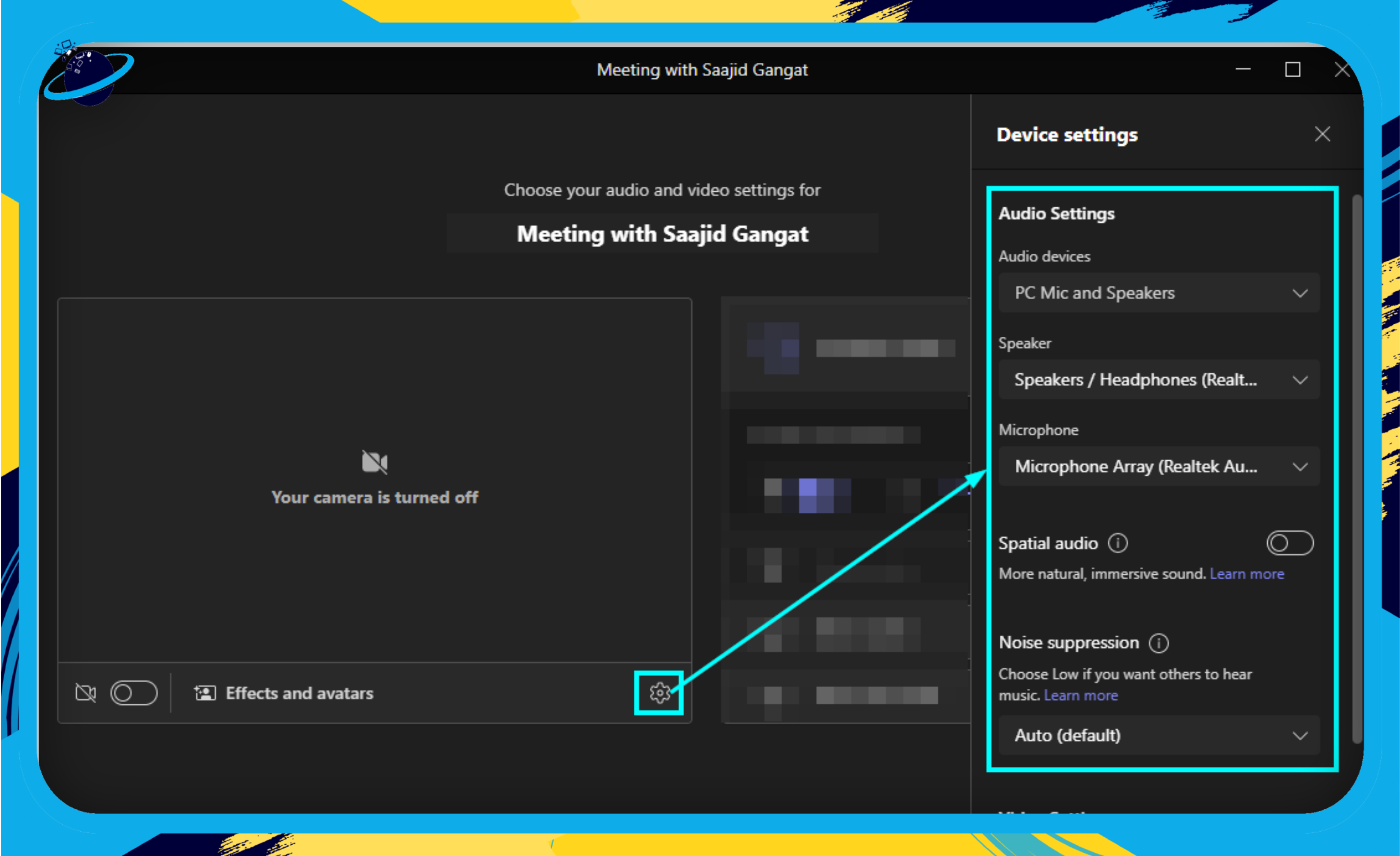Microsoft Teams is changing the game for telemedicine and healthcare. In this guide, we’ll show you how it’s transforming the business approach to healthcare. So, let’s explore the possibilities of Microsoft Teams together.
 Table of content
Table of content


Telemedicine – The Digital Transformation of Healthcare
Hello business enthusiasts! Whether you’re already part of the telemedicine revolution or you’ve just caught wind of its impressive potential, you’ve made an apt decision to delve deeper. The world is advancing at a frenetic pace, and so is the way we access and provide healthcare. Let’s unpack the magic behind it.

What Exactly is Telemedicine?
In simple terms:
- Telemedicine involves the use of technology, particularly electronic communication tools, to provide clinical healthcare remotely.
- It bridges the geographical gap between patients and medical professionals, ensuring timely care without the constraints of physical location.
Why is Telemedicine Gaining Momentum?
- Convenience: In a world where convenience is king, telemedicine offers patients medical consultations from the comfort of their homes.
- Economic Benefits: It drastically reduces the overhead costs associated with physical spaces, transportation, and administrative tasks.
- Accessibility: Remote areas that traditionally lacked medical specialists are now in the game.
- Safety: In situations like pandemics, telemedicine offers a safer way to consult without the risk of contagion.
Telemedicine vs. Traditional Consultations
While traditional face-to-face consultations will always have their place, let’s see how telemedicine is holding its own:
| Criteria | Telemedicine | Traditional Consultation |
|---|---|---|
| Accessibility | Anywhere with an internet connection | Limited to the clinic/hospital’s location |
| Cost | Generally lower due to reduced overheads | Includes clinic upkeep, transportation, etc. |
| Flexibility | Flexible timing and no travel time | Fixed timings and potential waiting times |
| Safety | No risk of contagions, reduced waiting room | Potential exposure to pathogens |
As we progress, remember that, like every technology, telemedicine isn’t a one-size-fits-all solution. It’s a tool, and its effectiveness depends largely on how businesses wield it. Ready to uncover how Microsoft Teams is setting the stage in this realm? Onward we go!
Background on Microsoft Teams
Since its inception, Microsoft Teams has been much more than just a “chat app.” It’s evolved into a comprehensive collaboration hub, suited for a variety of industries. But before we delve into its telemedicine capabilities, let’s take a quick stroll down memory lane.
The Genesis of Microsoft Teams
Launched in 2017, Teams was Microsoft’s response to the growing demand for collaboration platforms that went beyond emails and basic chat functionalities. Its inception was marked by a few key developments:
- Integration with Office 365: This gave users the advantage of accessing Word, Excel, and PowerPoint within chats and meetings.
- Customizable Workspaces: Channels and tabs could be tailored to fit team needs, ensuring every project had its dedicated space.
- Built-in Security: From day one, Teams was designed with robust security features, keeping business data protected.
Steps on how to create a channel in Teams:
- First, open Teams.
- Select “Teams.”
- Choose a team.
- Click on the three dots and select “Add channel.”
- Input channel information such as name and description.
- Select “Add” to complete the process.

Evolving Beyond Basic Business
While Teams was initially designed with businesses in mind, its potential applications quickly broadened. The following were significant milestones:
- Expansion to Education: Schools and universities started leveraging Teams for virtual classrooms, assignments, and collaboration among students.
- Third-party App Integrations: Microsoft opened up Teams for developers, allowing a plethora of third-party apps and bots to be integrated, enhancing its capabilities.
- Telephony Capabilities: Introduction of call plans and Direct Routing made Teams a potential replacement for traditional phone systems.
Steps on how to integrate an app in Teams:
- Start by opening Teams.
- Select “Teams.”
- Choose a team.
- Choose a channel.
- Click the plus symbol at the top.
- Search for and select an app.
- Input relevant information such as name, description, or logins if prompted.
- Click on “Save.”

The app you have selected will be integrated into the channel. If you have chosen a collaborative app like Forms or Microsoft programs such as Powerpoint, members of your team will be able to access the content.
The Leap into Healthcare
Recognizing the need for secure, compliant, and user-friendly tools in the healthcare sector, Microsoft started adapting Teams for telemedicine:
- HIPAA Compliant: Ensuring patient data stays protected and confidential.
- Video Consultations: High-quality video conferencing tools to make patient-doctor interactions smooth.
- Integration with EHR Systems: Making patient history and records easily accessible to healthcare providers.
In a nutshell, Microsoft Teams, within a few years, transformed from a business collaboration tool to a multifaceted platform, now playing a pivotal role in telemedicine. As we proceed, we’ll dive deeper into the specifics of how Teams is tailoring its offerings for the healthcare sector. So, buckle up!
Features Tailored for Telemedicine
Microsoft Teams has been keenly designed with various features that make it a perfect fit for telemedicine. Let’s delve deeper into some of the standout features that could make a world of difference for your business.
Video Conferencing
- High-Quality Video and Audio: Ensuring clear communication without lags or disruptions. Perfect for detailed consultations.
Before you start a meeting, ensure you go into the “Settings” section and alter the audio and video settings to obtain a high-quality output. In Teams, you can suppress noise to prevent background audio from entering a meeting. Teams also allow you to alter the spatial audio for a more natural output.

Read some of our other blogs on Teams audio and video:
How To Remove Microsoft Teams Audio Device
How to set default audio device in Microsoft Teams
A complete guide to testing your audio before a Teams meeting
How to use video backgrounds in a Microsoft Teams meeting
- Background Blur & Customized Backgrounds: Maintain a professional appearance no matter where you are.
- Meeting Recording: Easily record consultations, making it simple for healthcare providers to reference later or share with colleagues.
Integration with Electronic Health Records (EHR)
- Seamless connection to EHR platforms allows medical professionals to access and update patient information during consultations.
- Integration Capabilities: Some of the popular systems easily integrated with Teams include Epic, Cerner, and Allscripts.
Privacy and Compliance
- Teams has been designed with HIPAA compliance in mind, ensuring patient data remains confidential and secure.
- End-to-end Encryption: Every consultation and data exchange is encrypted, keeping sensitive information safe from breaches.
Booking Appointments
- Microsoft Bookings allows for hassle-free appointment scheduling, sending reminders to both patients and healthcare providers.
- Integration with Calendars: Easy sync with other calendar apps to ensure no double bookings or conflicts.
Collaboration Tools
- Chat: Instant messaging for quick communication, ideal for sharing quick updates or addressing minor concerns.
- File Sharing: Safe and easy sharing of lab results, medical images, and other pertinent documents.
- Task Management: Keep track of patient follow-ups, medication schedules, and more.
Virtual Waiting Rooms
- Patients can be kept in a virtual space until their healthcare provider is ready, mimicking the real-world experience of waiting for an appointment. It adds an extra layer of organization and professionalism.

Benefits of Using Microsoft Teams for Telemedicine
In the bustling crossroads of healthcare and technology, Microsoft Teams stands out as a beacon for modern telemedicine. Here’s why businesses like yours are finding it a game-changer.
Cost-effective
- Reduces overhead: By minimizing physical space and resources.
- Saves on travel: Both for patients and healthcare professionals.
Scalable Solution
- Growth-friendly: Can seamlessly adapt to increasing patient numbers or healthcare teams.
- Customizable: Options to tailor the platform to your specific business needs.
Unified Platform
- One-stop-shop: Combines chat, video conferencing, file sharing, and integrations.
- Streamlines Operations: Reduces the need for multiple platforms, simplifying the user experience.
Accessibility
- Versatile: Use it on your PC, laptop, tablet, or mobile device.
- User-Friendly: Intuitive design makes it easy even for non-tech users to navigate.
![]() Microsoft Teams for PC
Microsoft Teams for PC![]() Microsoft Teams for Web
Microsoft Teams for Web![]() Microsoft Teams for Mobile
Microsoft Teams for Mobile
Interdisciplinary Collaboration
- Teamwork made easy: Connects doctors, nurses, specialists, and other health workers in real-time.
- Shares knowledge: Enables professionals to easily share insights and crucial information.
In the world of telemedicine, Microsoft Teams isn’t just another tool – it’s the future. Adopting it could mean stepping into a realm of efficiency, collaboration, and growth for your business. After all, in today’s fast-paced business environment, staying ahead is not just about innovation, but also about making smart, informed choices.
Challenges and Limitations of Using Microsoft Teams for Telemedicine
In the journey of every technology, there come a few hiccups, roadblocks, or plain old learning curves. While Microsoft Teams offers a robust platform for telemedicine, it’s crucial for business users to be aware of potential challenges. But hey, isn’t that what smart business is all about? Identifying challenges, understanding them, and then maneuvering with finesse. Let’s break down some of the possible bumps in the road:
Potential Drawbacks or Implementation Challenges
- Training Requirements: While Teams is user-friendly, there might be a need for structured training sessions for healthcare professionals to maximize its capabilities.
- Initial Setup Time: Depending on the existing systems, integration might require some time and expertise. Patience is a virtue, right?
Integration Concerns
- EHR Compatibility: Not all Electronic Health Record systems integrate smoothly with Teams. It’s important to check the compatibility list.
- Third-party Tool Limitations: Sometimes, external tools or apps that your business relies upon may not be fully supported.
Technical Hurdles
- Bandwidth Requirements: High-quality video calls require decent bandwidth. Areas with slow internet might experience lags or connection drops.
- Device Dependence: While Teams works on various devices, certain functionalities might be optimal on specific devices.
Security and Privacy
- Though Microsoft Teams is built with strong security protocols, it’s crucial to continuously:Monitor: Regularly check and update security protocols to safeguard patient data.
- Educate: Ensure that all users are aware of best practices to maintain patient confidentiality.
Continuous Evolution
- Microsoft Teams, like all technology, is in a state of continuous evolution. This means regular updates: sometimes, frequent updates can disrupt the normal workflow, but they’re essential for optimal performance and security.
- Staying Informed: It’s crucial to keep an eye on the changes and adapt accordingly.
In Conclusion: While Microsoft Teams offers a treasure trove of benefits for telemedicine, it’s always a smart move to be aware of its challenges. By staying informed and prepared, businesses can navigate these waters with confidence and leverage Teams to its fullest potential. Remember, every challenge is an opportunity in disguise!
Conclusion: Embracing the Future with Microsoft Teams for Telemedicine
In the world of business, adaptation isn’t just about survival; it’s about thriving in the face of change. As we’ve journeyed through the transformative capabilities of Microsoft Teams for telemedicine, it’s clear that this platform offers more than just a communication tool; it’s a holistic solution designed for the modern healthcare-business intersection.
Key Takeaways:
- Efficiency and Integration: Microsoft Teams offers seamless integration with a variety of healthcare tools and systems. This ensures smooth and streamlined processes for businesses.
- Compliance and Security: Teams doesn’t just provide a platform; it offers a secure and compliant environment crucial for sensitive healthcare data.
- Collaboration Reimagined: The myriad of tools, from chat to video conferencing, fosters unparalleled collaboration among healthcare teams.
- Accessibility and Scalability: Designed for diverse devices and adaptable to businesses of all sizes, Teams ensures that growth doesn’t mean growing pains.
For the Forward-Thinking Business:
- Stay Updated: The digital landscape, especially in healthcare, is ever-evolving. Ensure your business is always leveraging the latest features and integrations offered by Teams.
- Training is Key: While the platform is intuitive, investing in regular training sessions can significantly enhance user experience and efficiency.
- Feedback Loop: Encourage feedback from your teams. Understanding their experiences and challenges can guide future strategies and improvements.
Final Thoughts:
Microsoft Teams is a valuable tool for integrating healthcare and business solutions. Staying connected, informed, and adaptable is crucial for success in these sectors, and Teams can help. Best of luck exploring the digital world!
